Sizing Turbos for an LS Build
Slideshow: It’s not as hard as you think. Here’s the layman’s guide to turbocharge sizing.
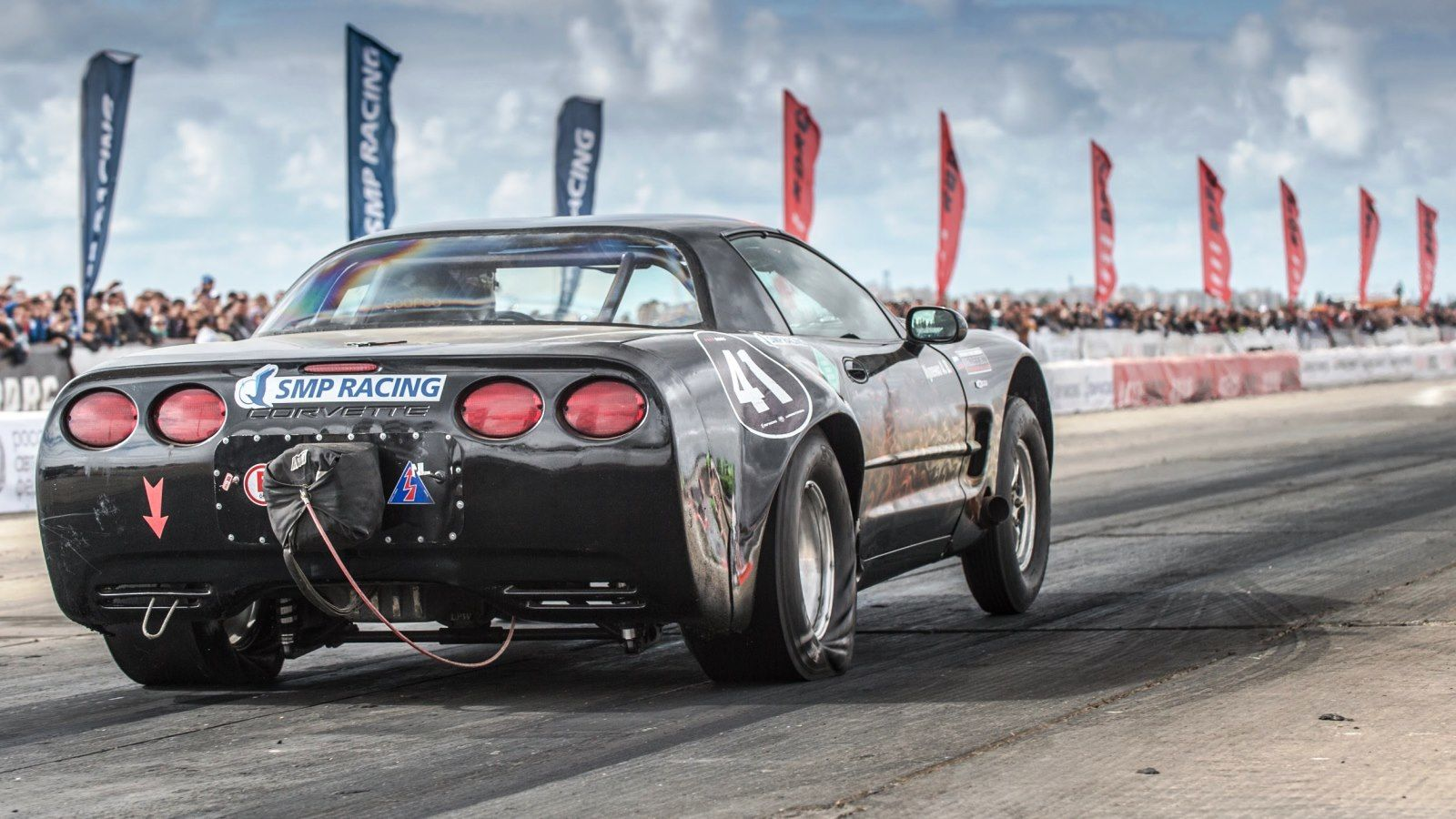
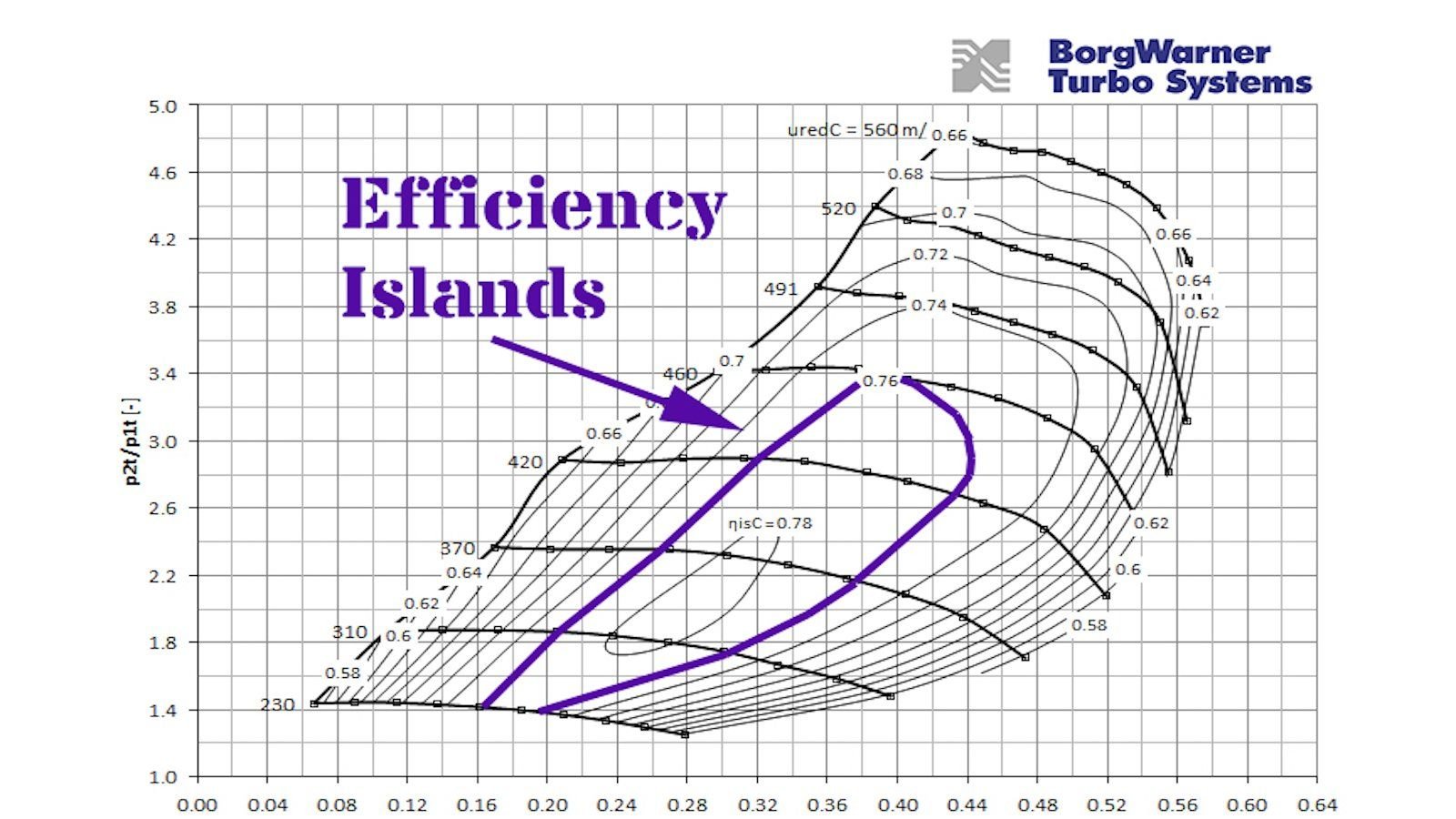
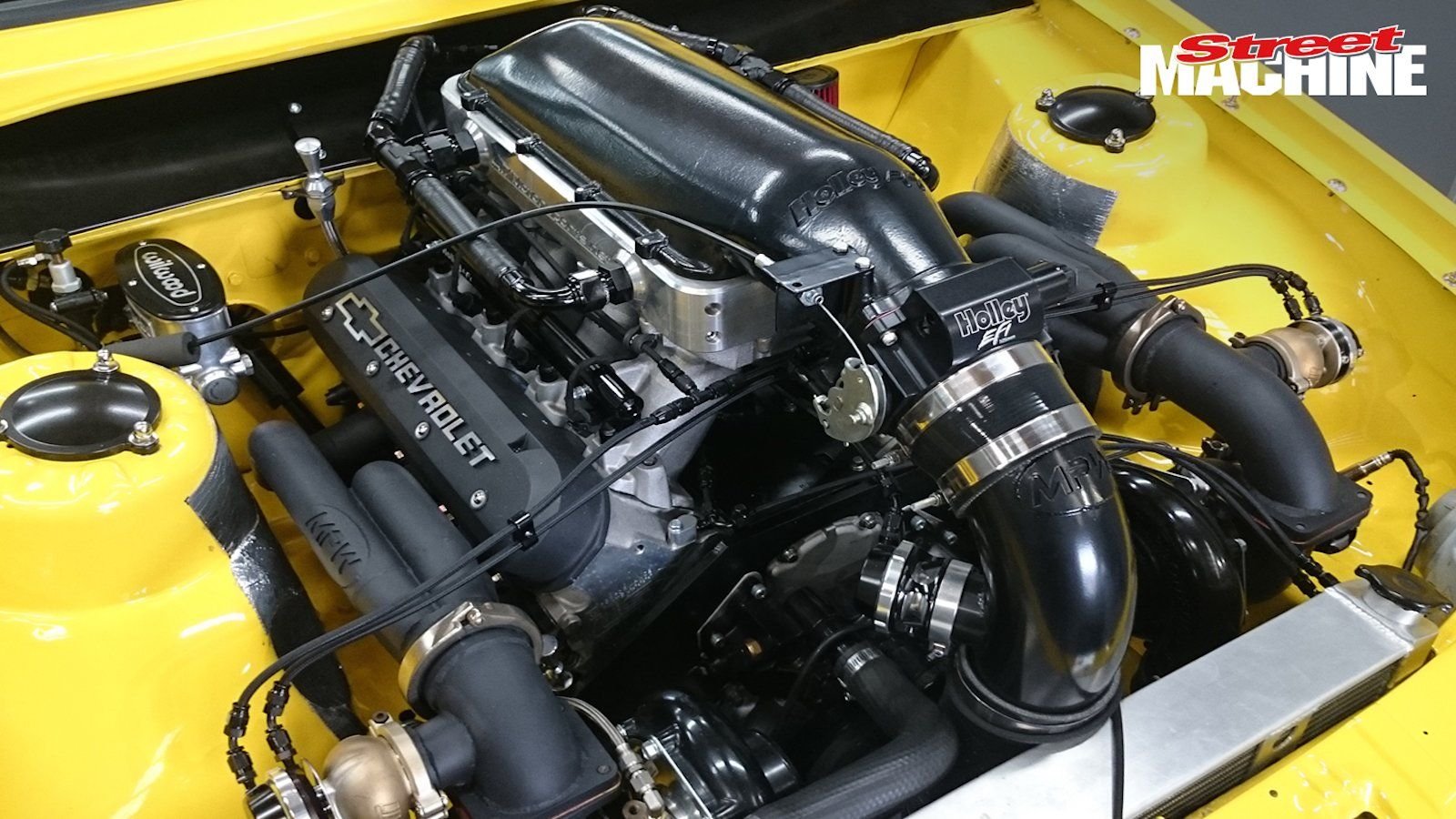
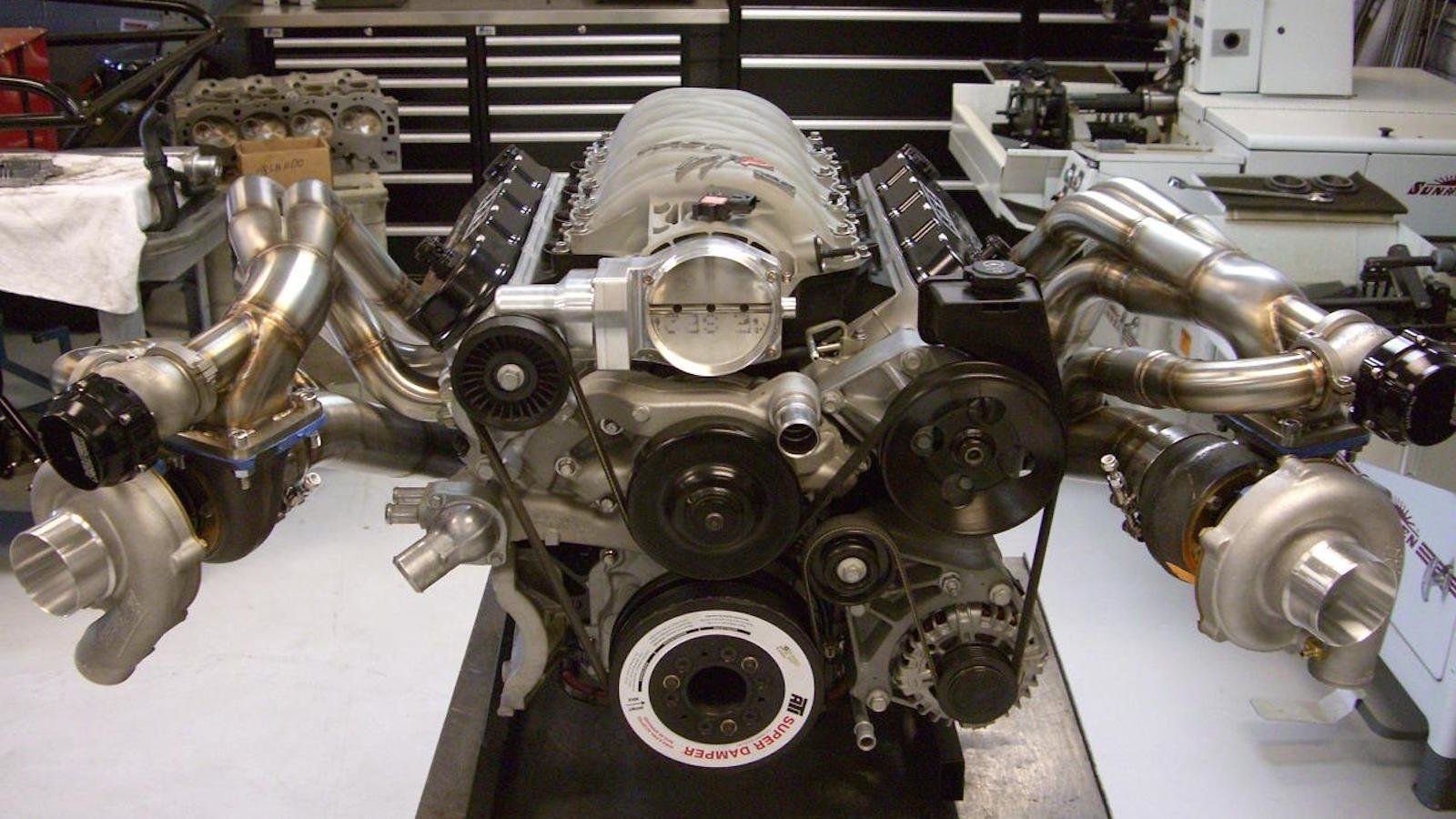
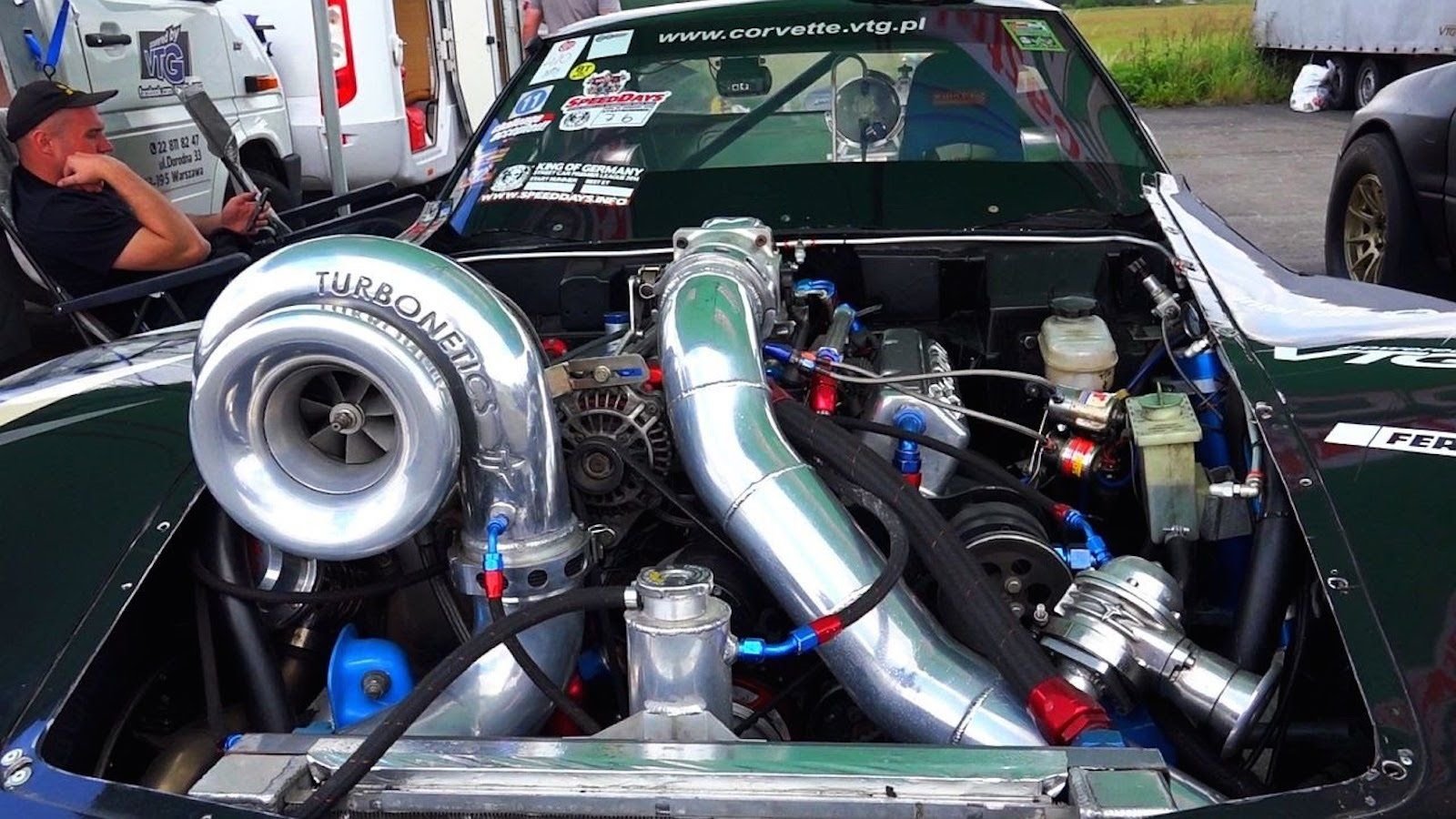









Be Realistic
The first thing to do when you size a turbo is to be realistic about the horsepower you want to make. Many advances have come around in turbo technology that makes it easy to want to size up for big boost without modifying the rest of your engine. A few years back I had the opportunity to ride in a 1,500hp twin-turbo LS powered sand rail with substantial engineering behind it. Even this custom built, ludicrously expensive engine had enough lag to be noticeable. Once boost came on it the sand rail couldn’t keep the front wheels down and the driver often had to back off of the throttle. Often times usable power is faster than shooting for a big peak number.
Compressor Maps
Compressor maps plot the efficiency of the turbo at different pressure ratios and airflow amounts. They also show surge lines and choke lines which are critical to safe turbo selection. There are several factors in plotting the data, but what you’re really interested in is finding the rpm range that your engine operates in and then matching compressor efficiency to this. These maps are available from turbocharging manufacturers without any trouble so use them. Simply put: going to the left on a compressor map means the turbo is too big and going to the right side means it’s too small. You’re after the ring in the center.
Calculating Minimum Cubic Feet per Minute (CFM)
To calculate the minimum CFM a turbo needs to flow using the following equation:
Cubic inches x max RPM x Volumetric Efficiency / 3,456. Taking an LS7 with a volumetric efficiency of 75% the math would be 427 x 7,000 x 0.75 / 3,456 = 648 cfm. This is another tool to use in your quest to find the perfect turbocharger for your build. It’s simple math that goes a long way in determining some concrete results.
A/R Ratios
A/R ratio is the relationship between the area of the inlet nozzle and the radius of the turbine housing itself. If you have a compressor wheel sized the housing on many turbos is actually interchangeable. How this affects your turbo sizing is as follows. If you have something that is working with reasonable efficiency, but boost doesn’t come on as quickly as you want it to you can downsize this housing. Conversely, if a turbo race car is “peaky” and hard to control because boost comes on too fast you can increase the housing size. It’s an important factor when you size a turbo to know that you can modify the housing.
image courtesy of flickr.com
A Note On Single vs. Twins
After graduating from a tech school back east and interning at a shop that built nothing but LS engines I started to notice a theme of seeing twin-turbos on many V-bank builds. From V6 to V12 it’s fairly common to see twin turbos instead of singles, drag cars being the exception. Generally speaking for circuit builds and street builds twins are the better way to go. The response can be mind-blowing as each turbo only has to feed off of one bank. If you are going to size for boost it is my opinion (and many others) that twins are the way to do it.
image courtesy of kinja-img.net
Trim
Hybrid turbos are ones where the size of the blades has been modified. The material can be taken from the housing to allow a larger compressor wheel thereby increasing boost pressure (larger wheels move air). This can be tempting since you don’t have to change the size of the turbine wheel that is driven by the exhaust. Go too large though and nasty compressor surge can become prevalent which sends violent pressure waves back to the turbo. When this occurs for long enough it can damage your compressor wheel sending bits of metal everywhere. Not good.
image courtesy of flickr.com
Summary
Sizing turbos is about identifying how much power you want to realistically make while keeping the turbo efficient, avoiding compressor surge and other detrimental side effects. Once you are in the ballpark you can test and tune with hybrid turbo designs and altering things like the A/R ratio. Displacement is critical as is volumetric efficiency when it comes to making the right decision. Once you’re on the money it’s all about fine tuning to get that perfect wave of power and torque. Done right you will hardly notice they are there as you burn rubber and smoke the competition. Hope you enjoyed reading.
image courtesy of flickr.com
For help with service of your car, check out the how to section of LS1Tech.com
